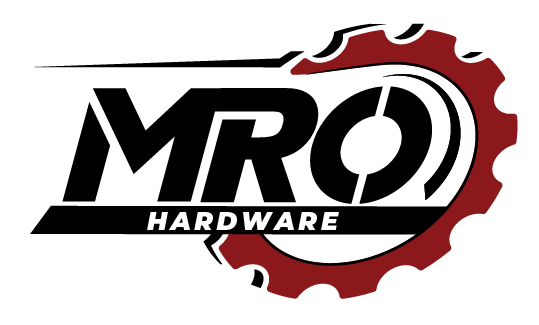People often overlook tie down rings, yet they are critical components in ensuring that cargo, equipment, and goods securely fasten during transportation. In this article, we’ll go through and begin to understand their uses, explore their practical applications in industrial settings, and delve into the various types, materials, and sizes available, along with their advantages.
Understanding Their Uses
First, tie down rings or tie down anchors, provide secure attachment points for straps, ropes, chains, or other fastening devices. Their primary function is to prevent cargo or equipment from shifting, slipping, or becoming dislodged during transportation.
Practical Applications in Industrial Settings
In industrial settings, tie down rings play a pivotal role in securing heavy machinery, equipment, and materials. Whether it’s a construction site, a manufacturing facility, or a warehouse, these rings ensure that loads remain stable and intact during transit, reducing the risk of accidents, damage, and delays.
Exploring Different Types of Tie Down Rings
- Surface-Mount: These are typically bolted or welded directly onto the surface of trailers, trucks, or floors. They provide a robust and permanent attachment point.
- Recessed: Recessed tie down rings are flush with the surface when not in use, minimizing tripping hazards. These are commonly used in enclosed trailers and cargo vans.
- D-Ring: Shaped like the letter “D,” these rings provide multiple attachment points, making them versatile for various strapping configurations.
Materials and Sizes of Tie Down Rings
Tie down rings come in diverse materials like steel, stainless steel, and aluminum. The selection of material hinges on factors like load capacity and resistance to corrosion. Additionally, these rings span a range of sizes, from small and compact, ideal for light-duty tasks, to large, heavy-duty variants that excel in securing substantial loads.
Advantages
- Versatility: Compatibility with various securing methods, including chains, straps, and ropes.
- Durability: Engineered to endure the demanding conditions of transportation and industrial applications, they are crafted from robust materials.
- Safety: By thwarting cargo movement, they bolster safety, mitigating the potential for accidents and injuries.
- Efficiency: Utilizing tie down rings guarantees cargo stability, diminishing the requirement for labor-intensive load adjustments during transit.
Conclusion
In summary, tie down rings play a crucial yet often underappreciated role in the domains of cargo and industrial activities. Their versatility, durability, and safety advantages render them invaluable for load securement and also guarantees the safe and timely arrival of goods at their intended destinations. Knowledge of tie down ring variations, materials, and sizes equips industries to make informed decisions, ultimately leading to enhanced safety and operational efficiency.

